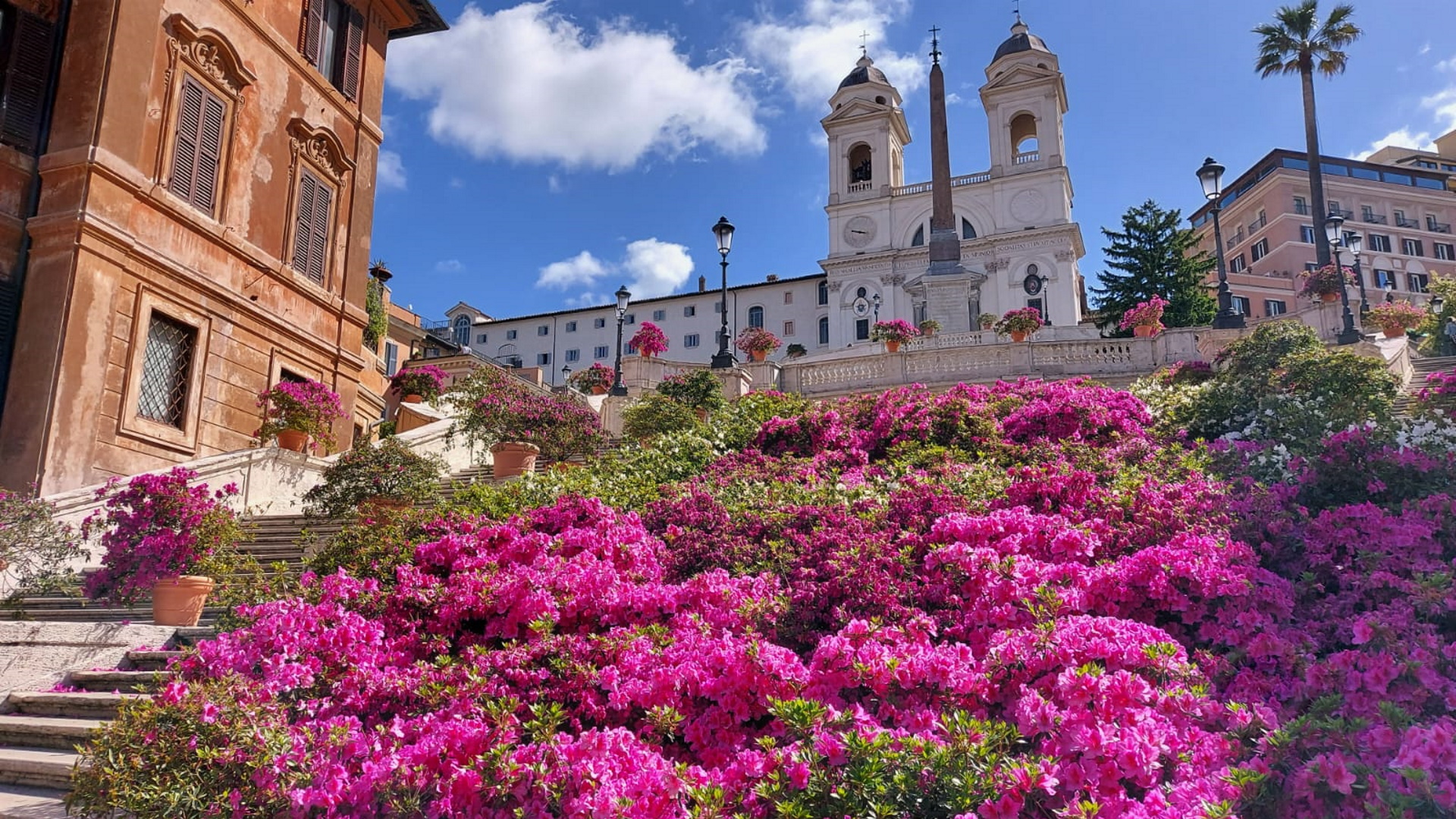
In addition to its monuments, palaces and churches, a city is also made up of the memories it evokes and the life that passes through it. A daily life that, in Rome, has always been marked by rites, holidays, anniversaries, celebrations: a full program of fixed events which, with their load of traditions, represented a (religious or civil) occasion for reflecting, meeting, sharing and having fun, season after season.
If some of them have not resisted the oblivion of time or have lost part of that sense of perfect wonder that they used to give to the Romans and to the many visitors of the city, others are still alive and kicking, even richer today than in the past. And some others, even if born in more recent years, are already part of the modern and contemporary “traditions” of the city.
To fully experience Rome and immerse yourself in its history, month by month we will present you some of the special days and moments of the city, the past and present one – the most heartfelt or awaited events, or even simply the most curious ones.
-
Ludi Megalenses, 4-10 April
-
Easter, 5 April
-
Rome’s Birthday, 21 April
-
Liberation Day, 25 April
-
Feast of Pasquino, 25 April
-
Blooming azaleas at Piazza di Spagna, April-May
-
Spring flowering at the Rome’s Roseto, April-May
Ludi Megalenses, 4-10 April
Tradition has it that Rome was founded on an April day in the 8th century B.C. But April was also the month dedicated to two extraordinary female deities of the Roman Pantheon: the goddess of love Venus and Cybele, the Lady of Nature and Fairs who came to the city from the East. It was the first foreign cult accepted by the Romans: the veneration of the ancient goddess had in fact been introduced to Rome in the late 3rd century BC, when Hannibal threatened to tip the balance in favor of Carthage during the dramatic Second Punic War. To win, decreed the Sibylline Books (a providential collection of prophecies and omens), it was necessary to bring Magna Mater (the Great Mother) Cybele to Rome. Roman ambassadors were sent as far as Pessinus in Asia Minor, where the goddess was worshipped in the form of a black stone (perhaps a fragment of a meteorite). Having obtained the stone from the priests, they returned to Rome on 4 April 204 BC, after landing at Ostia and sailing up the Tiber. Hannibal was defeated and, with the war now over, a new temple dedicated to the goddess was inaugurated on the Palatine Hill on 10 April 191 BC. In honour of Cybele, solemn games were celebrated from 4 to 10 April in Rome, with theatrical performances (ludi scaenici) on the steps of the goddess' temple and chariot races (ludi circenses). A great procession closed the celebrations: from the Capitol, it passed through the Roman Forum and the Forum Boarium and arrived at the Circus Maximus, where the whole of Rome waited impatiently for the chariot races to begin. The Magna Mater lived in the city until 380 AD, when Emperor Theodosius proclaimed Christianity the sole religion of the Empire.
Easter, 5 April (moveable feast between 22 March and 25 April)
Preceded by Lent and Holy Week, Easter has attracted to Rome, over the centuries, composite crowds of tourists and pilgrims, poets and writers, faithful and curious. The principal festival of the Christian Church was accompanied by solemn rites, customs and traditions, partly handed down to us. Very ancient origins, for example, has the foot washing rite during the Mass in Coena Domini on Maundy Thursday, which the Pope currently practices every year in a different location. The altars of the churches where the consecrated host was placed after the mass were once decorated with extraordinary machines, architectural or carpentry masterpieces: among the very few survivors, the machine of the Forty Hours of Santa Maria dell’Orto, in carved and gilded wood, lit by over 200 candles. The Via Crucis ceremony at the Colosseum dates back to 1750 and is the most evocative moment of the evening of Good Friday: by tradition, the Pope himself leads the imposing procession. On Easter day, the Solemn Mass in the Vatican is still followed today by the Pope’s Urbi et Orbi ritual blessing. After many days of fasting and abstinence, for the Romans Easter was also a feast for the palate: the tradition, still alive today, included a rich breakfast and a gargantuan lunch “a la groria de la Santa Chiesa” – to the glory of the Holy Church. Easter Monday, familiarly called Pasquetta, “little Easter”, gave way to trips out of town, cheerful outings thanks to the spring weather. Again, yesterday as today.
Rome’s Birthday, 21 April
How old is Rome? According to the most famous legend, the city was founded by Romulus in 753 BC, exactly on 21 April, the day of the year when the ancient Latium populations celebrated the “Palilia”, a festival dedicated to Pales, goddess of flocks and herds. From the 1st century BC the Roman chronology was calculated starting from this date with the phrase “Ab Urbe condita”, that is, “from the foundation of the city”, even though the dies natalis of Rome was officially celebrated for the first time under Emperor Claudius’ reign. Restored as a tradition in the 19th century, during the Italian Risorgimento, the Birthday of Rome has not lost its meaning for the Romans and is usually celebrated with various events in the city and with historical re-enactments organized by the Gruppo Storico Romano. But there is a millennia-old spectacle that has never changed: each year on this date, at noon, the sun enters the oculus of the Pantheon, perfectly centering the entrance doorway. A desired special effect: upon crossing the threshold of the temple at that exact time, the emperor seemed bathed in golden sunlight.
Liberation Day, 25 April
Occupied by the Germans in the aftermath of the armistice, Rome was liberated by the American troops of General Clark on 4 June 1944. It was only in the spring of the following year, however, that the joint actions of the allied forces and the partisan groups gradually led to the liberation of the whole country. At the end of the war, it was decided to celebrate Liberation Day on 25 April, as on that day, in 1945, the National Liberation Committee of Upper Italy called for a popular uprising in the territories that were still occupied. In Rome, the celebrations open with the deposition of a laurel wreath at the chapel of the Unknown Soldier by the President of the Republic and the highest offices of the state and with a tribute to the fallen of the Fosse Ardeatine. The historic parade organized by the ANPI - National Association of Partisans of Italy traditionally has Porta San Paolo as its fulcrum: here on 8 September 1943, soldiers and civilians tried to stop the German army that entered Via Ostiense fighting for two days. Events and initiatives focus on the values of Resistance and Freedom and see the participation, among others, of representatives of the institutions, the ANPI, the Jewish community of Rome and the municipalities of the city. Among the symbolic places of the Roman Resistance, the districts of San Lorenzo and Ostiense, and those between Via Prenestina, Via Casilina and Via Tuscolana, such as Quarticciolo, Centocelle, Torpignattara and Quadraro, which on 17 April 1944 was the scene of one of the largest roundups of civilians carried out by Hitler’s army during the occupation in Italy. An important site of memory is also the Museo Storico della Liberazione di via Tasso, in the building used as the headquarters of the SS and later as a prison by the Gestapo.
Feast of Pasquino, 25 April
In the name of freedom, of thought and speech. In 16th-century Rome, the day the Church remembers St. Mark was for a long time also the Feast of Pasquino, the most famous of the city’s talking statues. What made it so was precisely the annual student festival that accompanied the procession in honor of the saint organized by the priests of San Lorenzo in Damaso, in the Rione Parione, and which included a poetic contest among the students of the Archiginnasio della Sapienza. For the occasion, pompous epigrams in Latin were hung on the statue of Pasquino, adorned with mythological masks. Those epigrams were very respectful of power; however, the tradition ended up favoring the spread of a long-lived underground movement: until 1870, Pasquino was one of the anonymous voices of Roman political satire, which mocked the bad governance, malpractice and temporal power of the Popes. In 1938, on the occasion of Hitler’s visit to Rome, Pasquino emerged from a long silence, commenting on the fake make-up to which the city had been subjected: “Povera Roma mia de travertino, te sei vestita tutta de cartone, pe’ fatte rimira’ da ‘n imbianchino venuto da padrone!”, “My poor Rome, made of travertine, you’ve dressed up in cardboard, to show off for a dauber, who thinks he owns you!”.
Blooming azaleas at Piazza di Spagna, April-May
Spring is not spring in Rome without the azaleas that decorate and color the 18th-century staircase of Trinità de’ Monti. The tradition of the Capitoline flower exhibition dates back to the 1930s: it was initially set up in the park of Villa Aldobrandini but in 1952 it moved permanently to Piazza di Spagna. The floral triumph is entrusted to about 250 white and lilac azalea plants: during the rest of the year, their usual residence is the Semenzaio di San Sisto, the city’s nurseries. The duration of the exhibition (about one month) depends on the weather conditions, which can reduce the flowering time of the azaleas and thus accelerate their return to the ancient nurseries.
Spring flowering at the Rome’s Roseto, April-May
Over a thousand varieties of roses for a unique sensory experience. On the slopes of the Aventine Hill, just above the Circus Maximus, the 17th-century Garden of the Jews has been home to the Rome’s rose garden since 1950. Generally, it is open to the public from late April to May, during spring flowering, and in October for the autumn flowering. In addition to the roses with their scents and colors, the Roseto offers a stunning view that goes from the Palatine Hill to the bell tower of Santa Maria in Cosmedin, the dome of the Synagogue and the Vittoriano, up to the Monte Mario observatory.
May in Rome. Key dates and events (today as in the past)
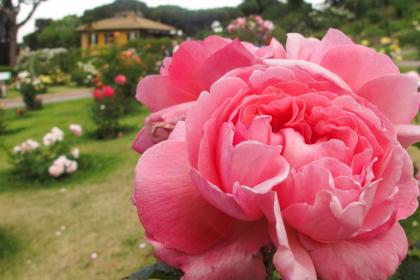
June in Rome. Key dates and events (today as in the past)
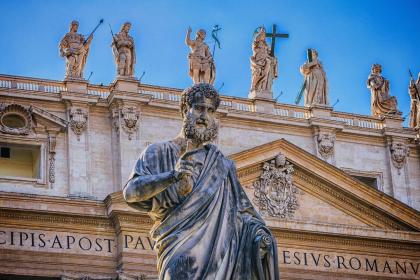
The Basilica of St. Peter in the Vatican
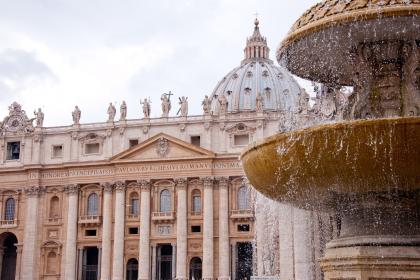
 Condividi
Condividi
The Pantheon
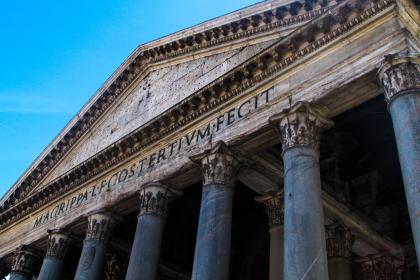
 Condividi
Condividi
The Spanish Steps
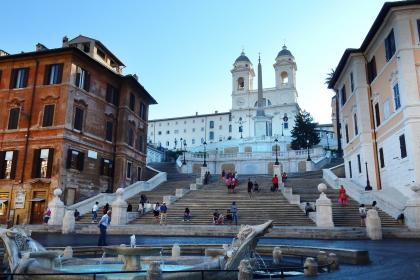
 Condividi
Condividi
The Rose Garden
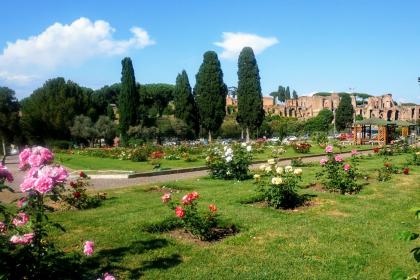
 Condividi
Condividi
Monument to Vittorio Emanuele II (Vittoriano)
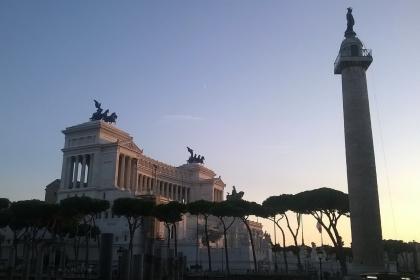
 Condividi
Condividi
Porta San Paolo
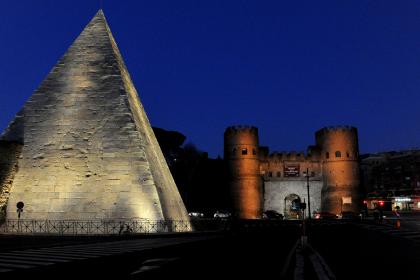
 Condividi
Condividi
The Talking Statues
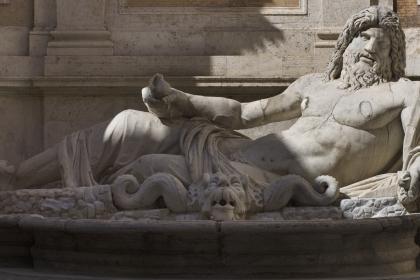
Church of San Lorenzo in Damaso
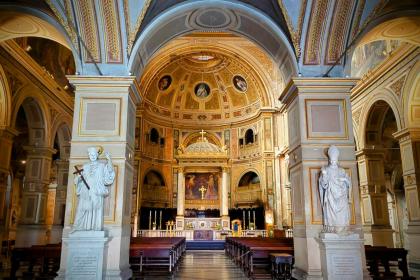
 Condividi
Condividi
Mausoleum of The Ardeatine Caves
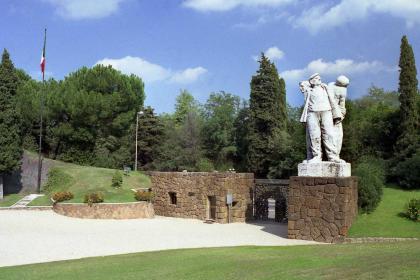
 Condividi
Condividi











































